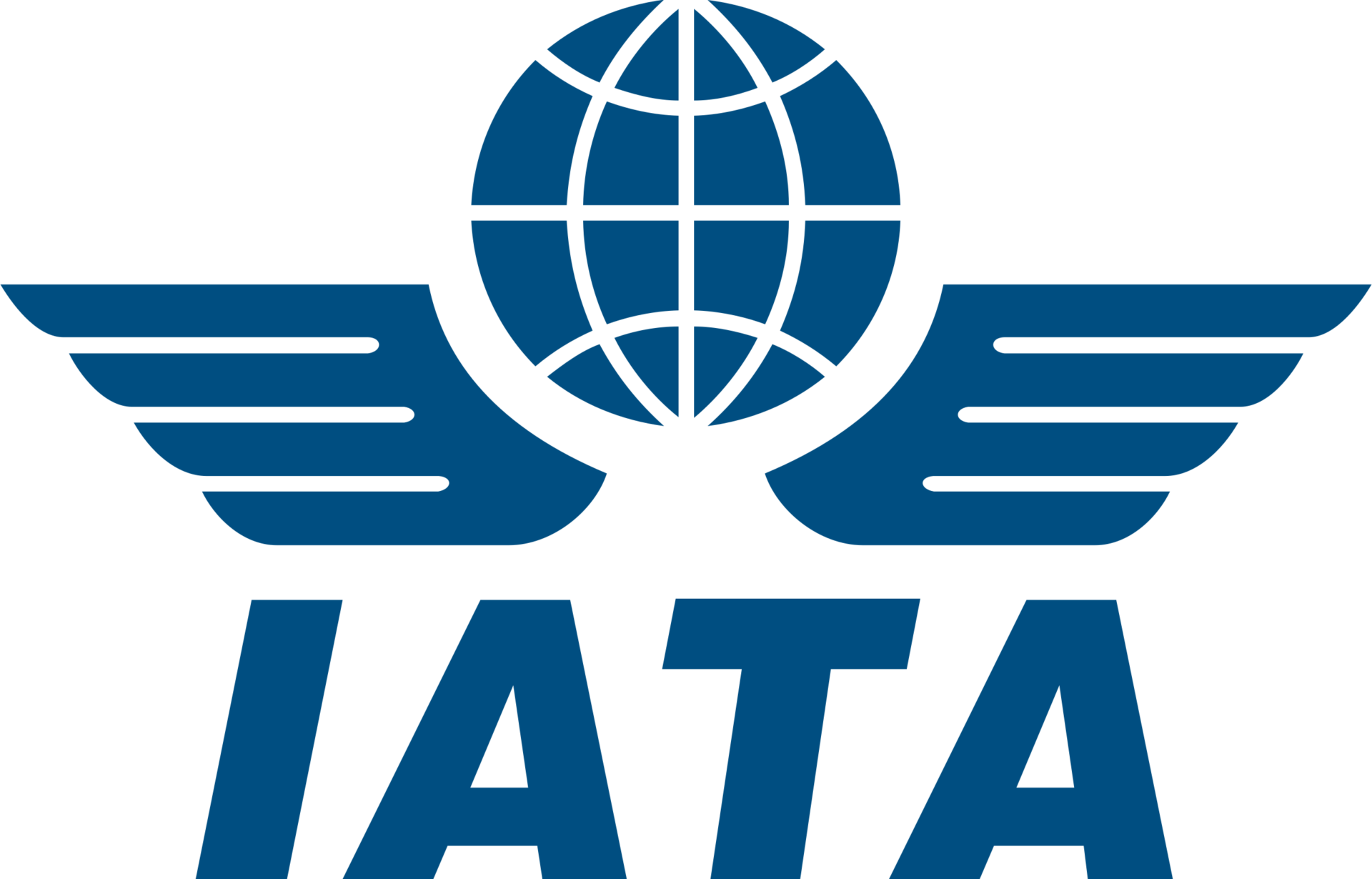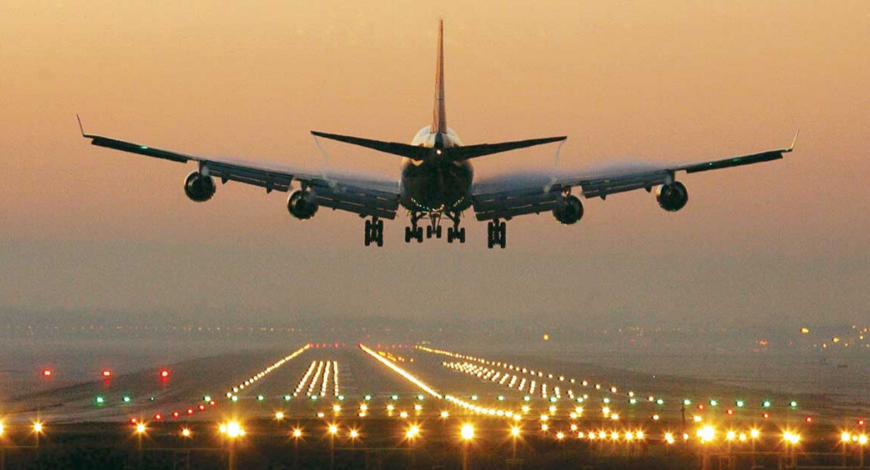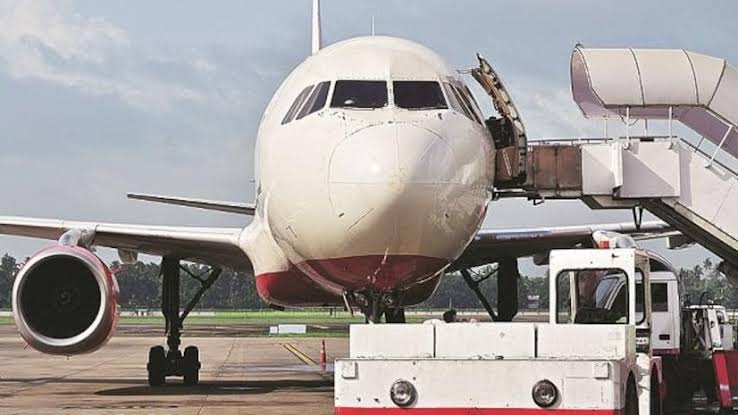The International Air Transport Association (IATA) has announced continued strong passenger traffic demand in April. The total traffic in April 2023 (measured in revenue passenger kilometers or RPKs) rose 45.8% compared to April 2022. Globally, traffic is now at 90.5% of pre-Covid levels. At 81.3%, industry load factor was only 1.8 percentage points below pre-pandemic level.
The Domestic traffic for April rose 42.6% compared to the year-ago period and has now fully recovered, posting a 2.9% increase over the April 2019 results.
The International traffic climbed 48.0% versus April 2022 with all markets recording healthy growth, with carriers in the Asia-Pacific region continuing to lead the recovery. International RPKs reached 83.6% of April 2019 levels.
“April continued the strong traffic trend we saw in the 2023 first quarter. The easing of inflation and rising consumer confidence in most OECD countries combined with declining jet fuel prices, suggests sustained strong air travel demand and moderating cost pressures,” said Willie Walsh, Director General, IATA.
The Asia-Pacific airlines saw a 192.7% increase in April 2023 traffic compared to April 2022. Capacity climbed 145.3% and the load factor increased by 13.2 percentage points to 81.6%.
“Heading into the Northern Hemisphere peak travel season, aircraft and airports are full of people eager to make use of their travel freedoms. Airlines are working hard to accommodate them with a smooth travel experience despite continuing supply chain shortages and other operational challenges. Sadly, some governments appear more keen on punitive regulation than on doing their part to enable hassle-free travel, he said.”
“In just a few days, leaders of the global aviation community will gather in Istanbul at the 79th IATA Annual General Meeting (AGM) and World Air Transport Summit. Regulation and other key issues, including the critical topic of sustainability, will be on the agenda,” said Walsh.






